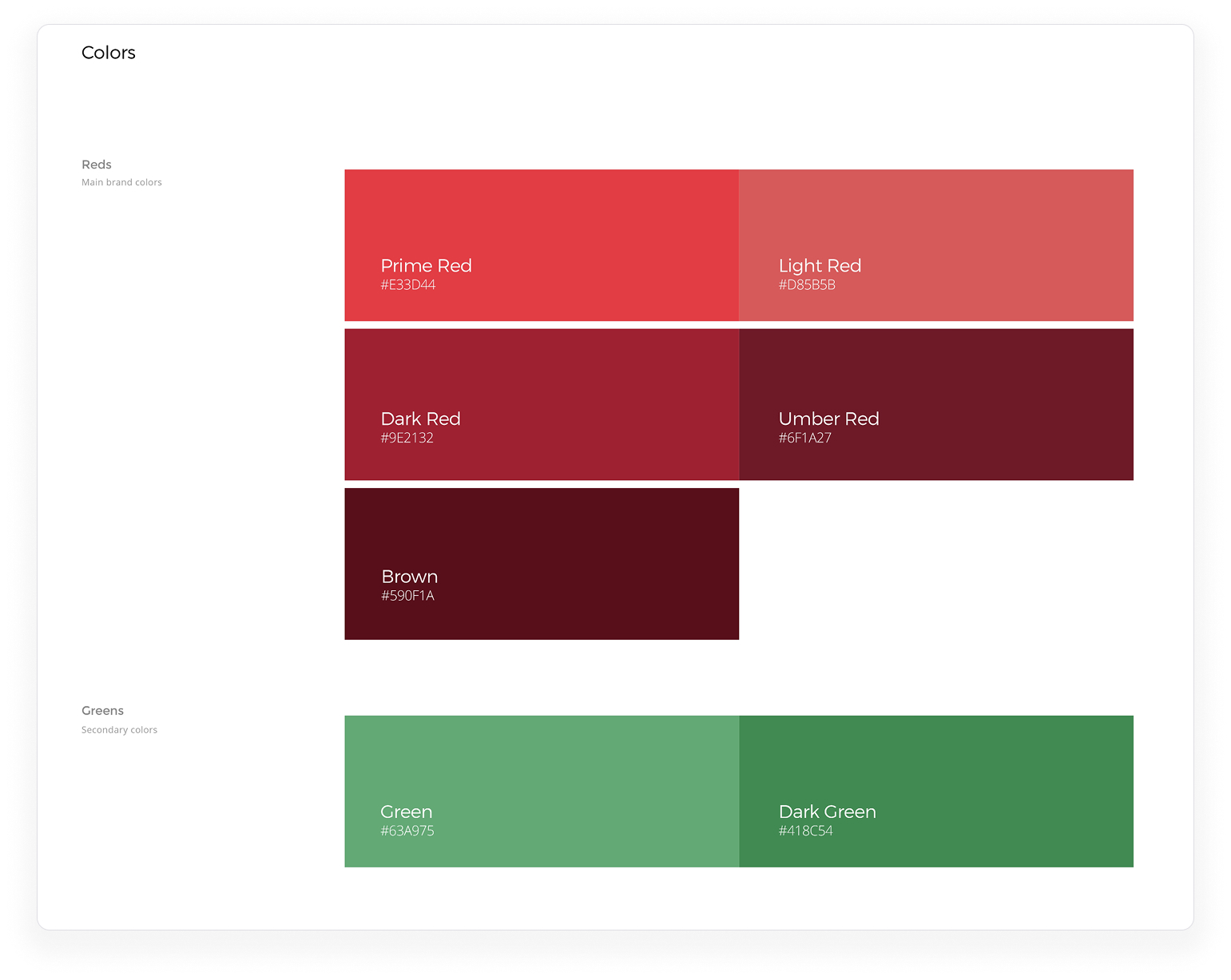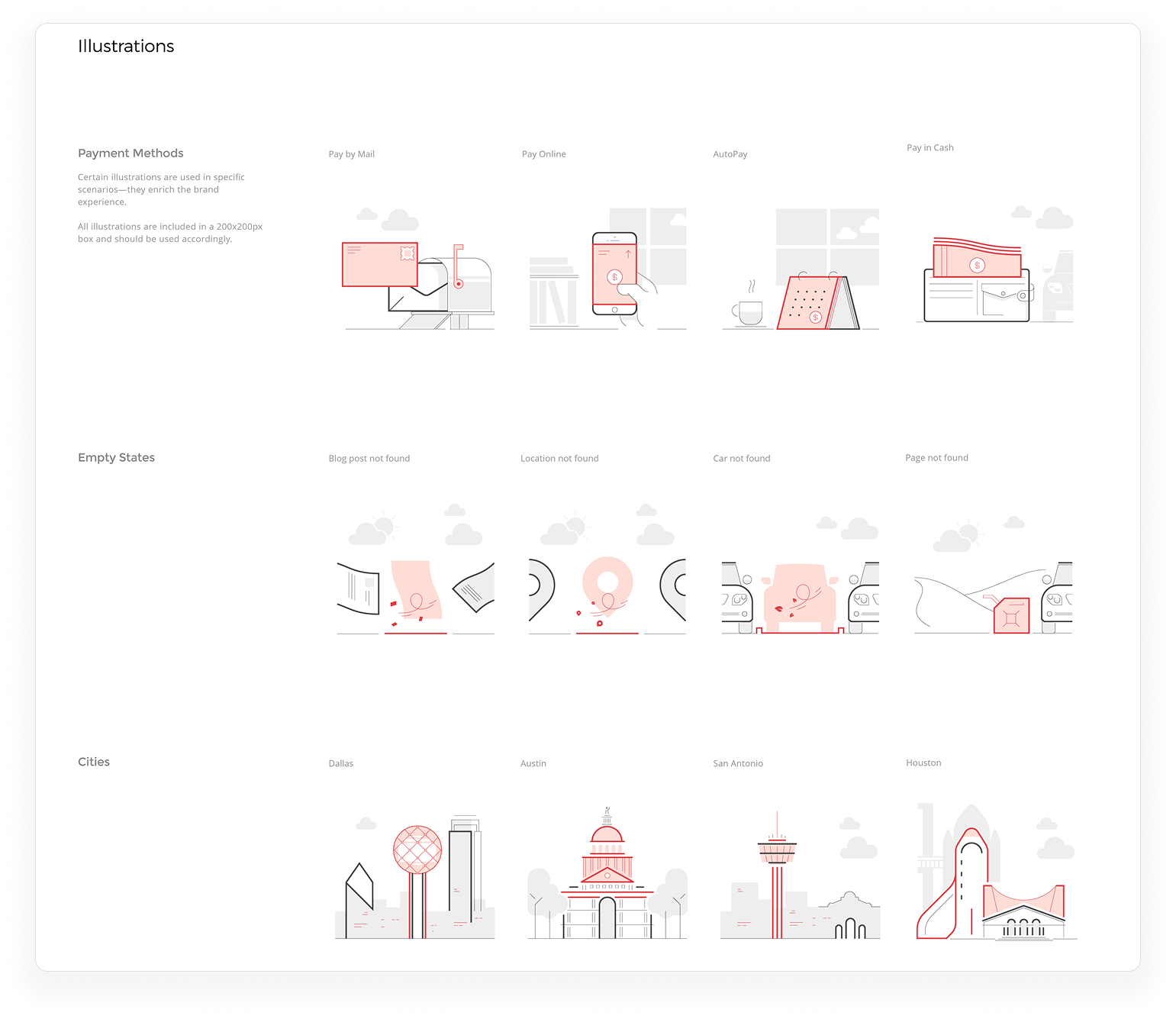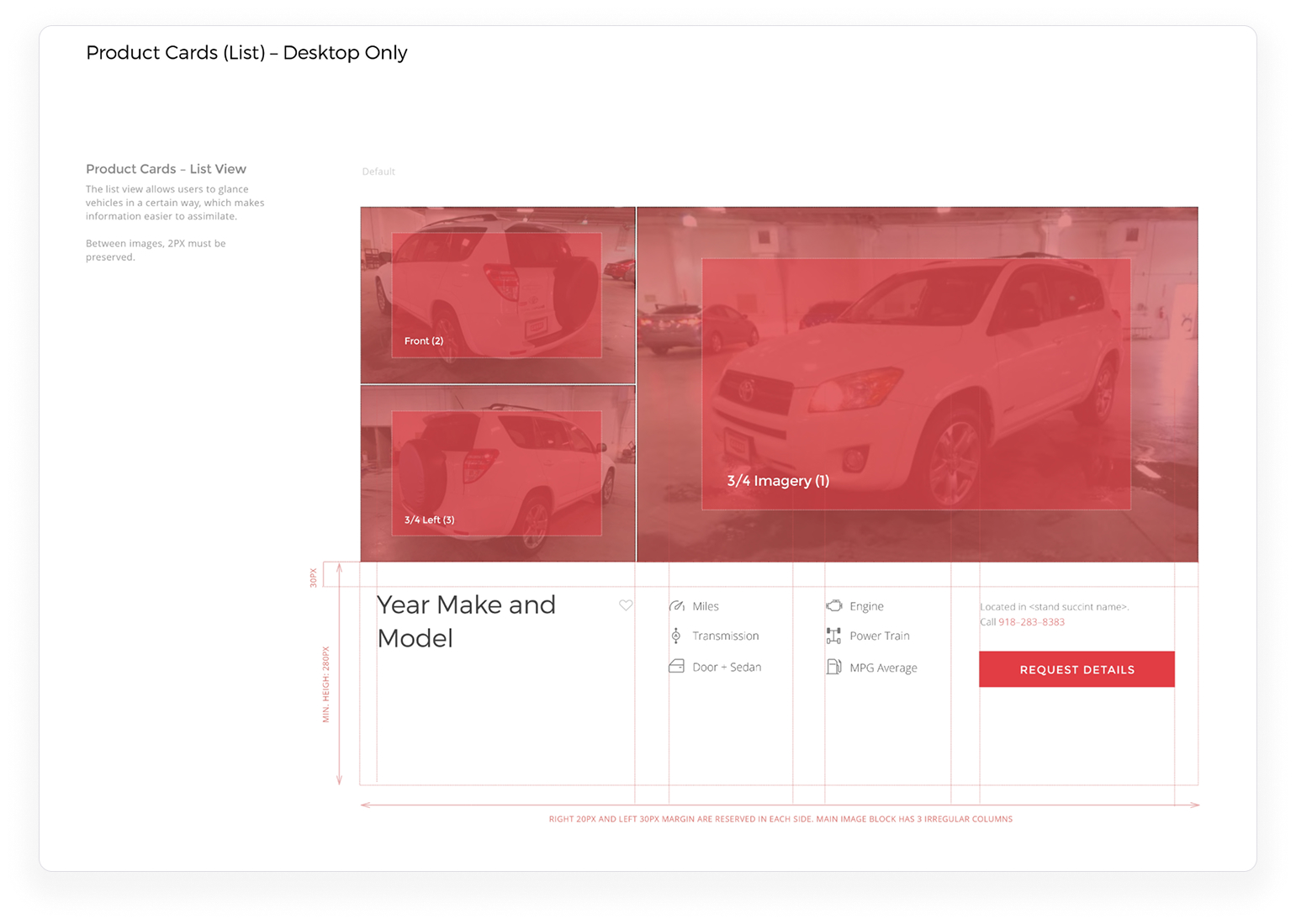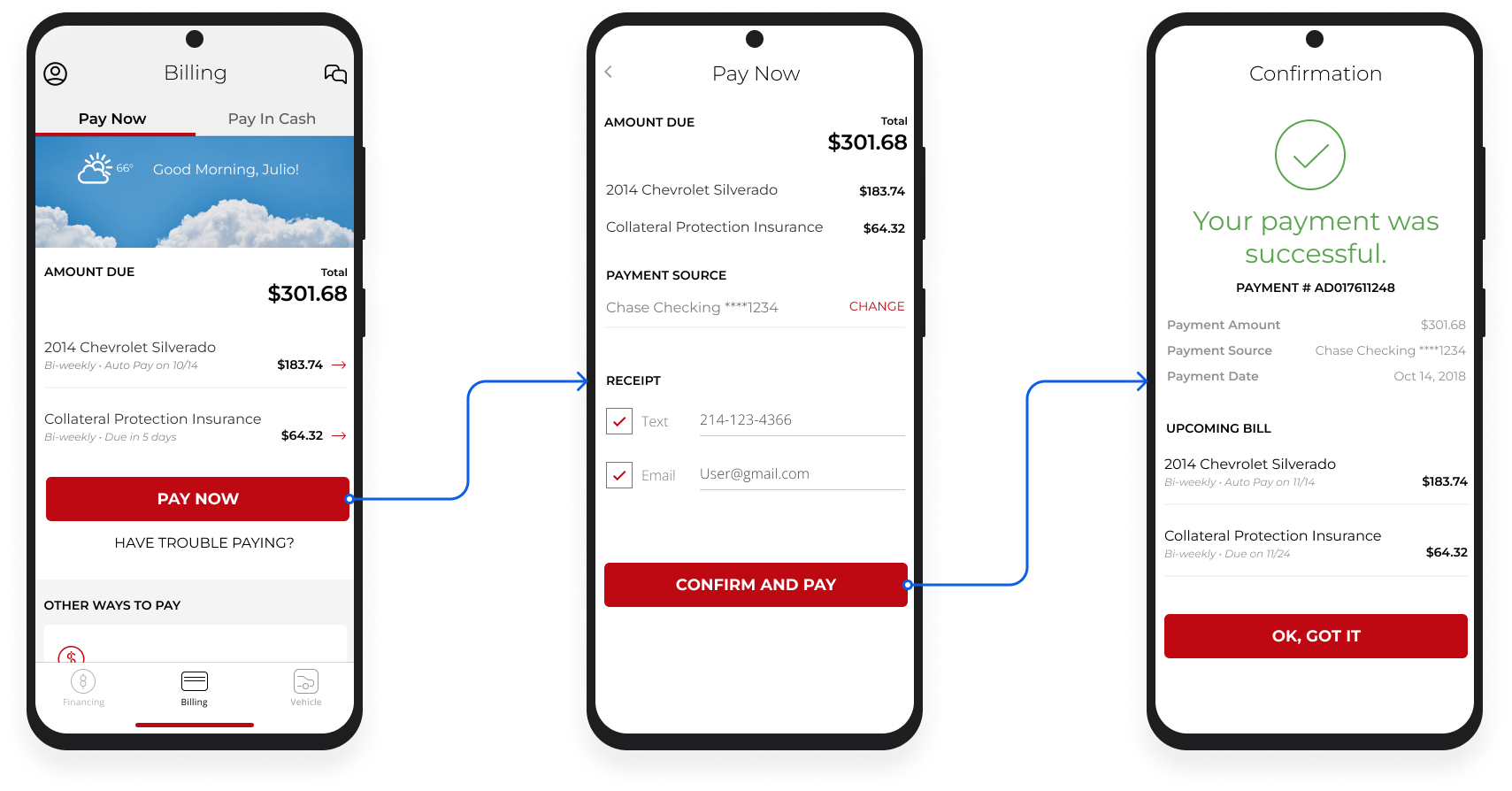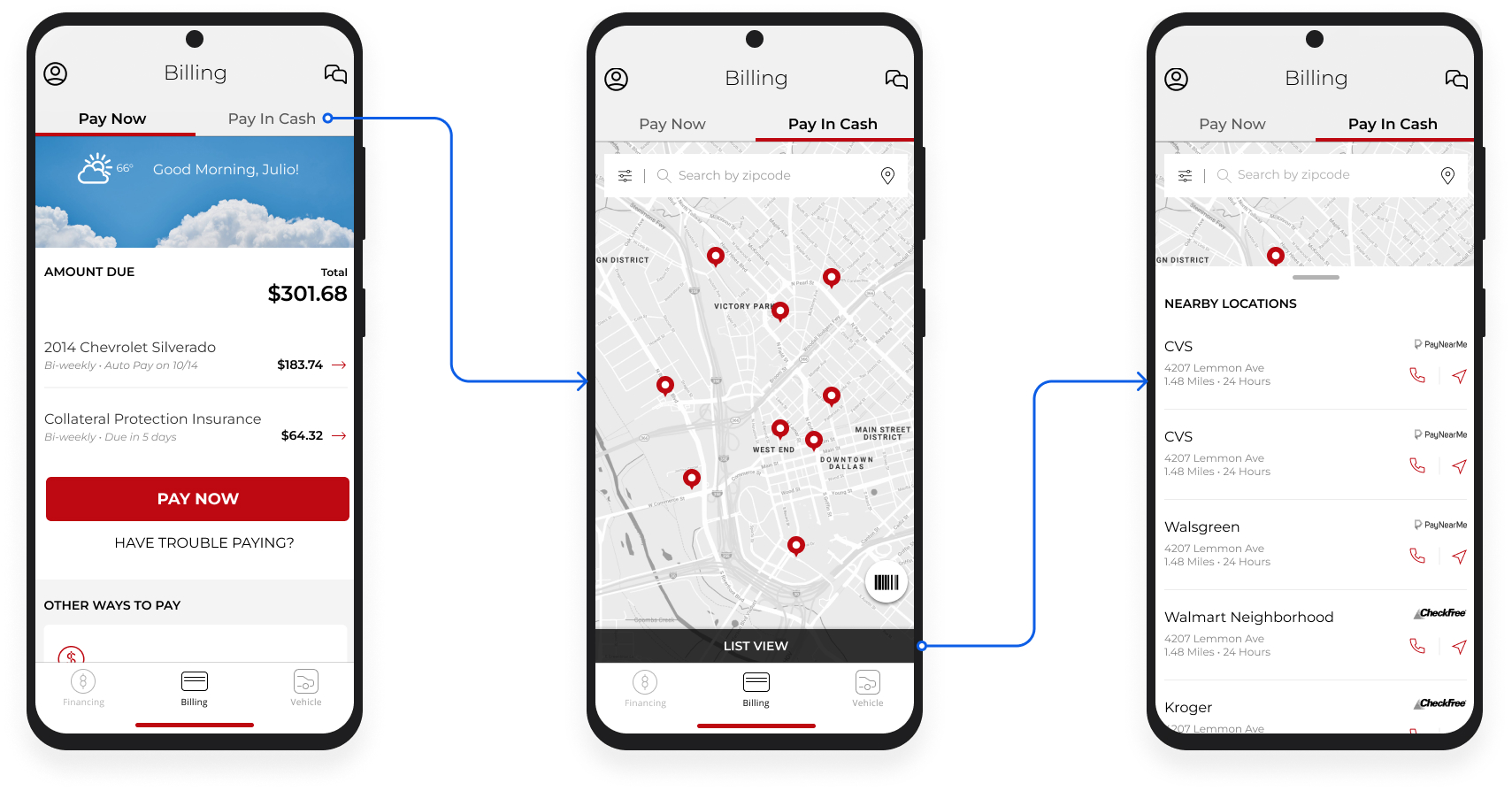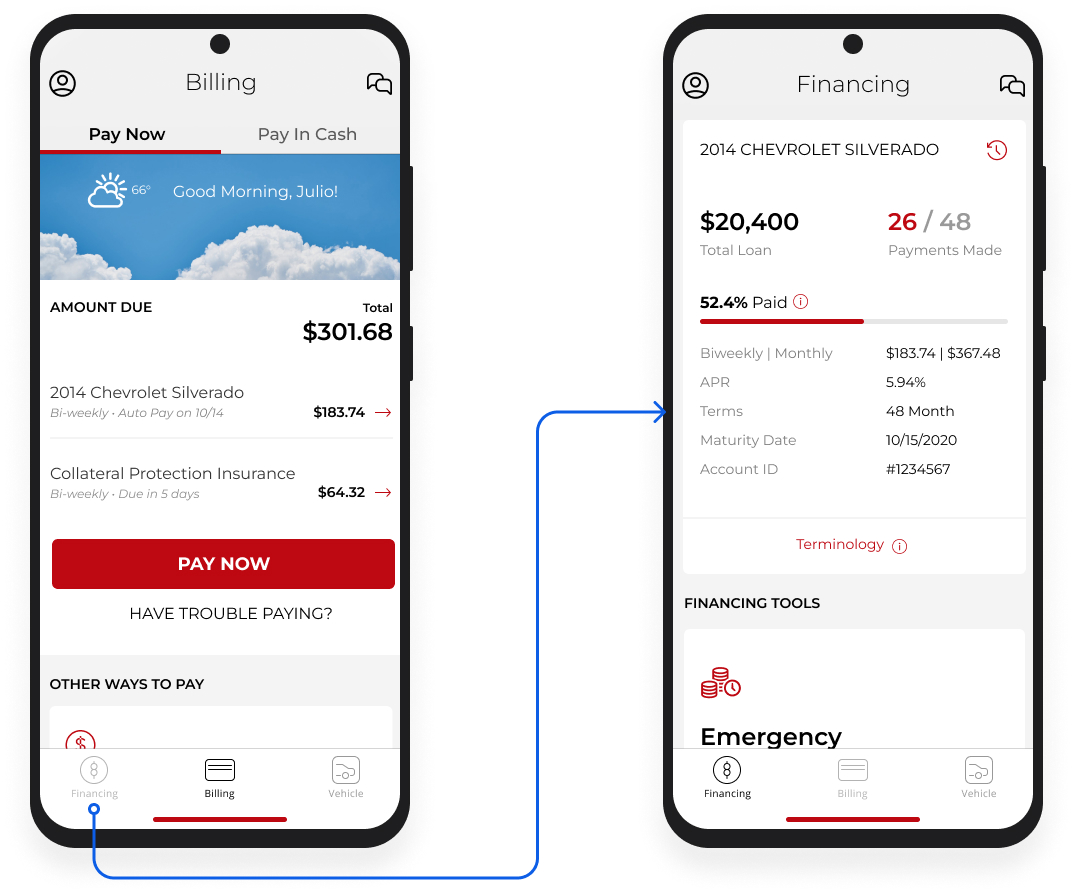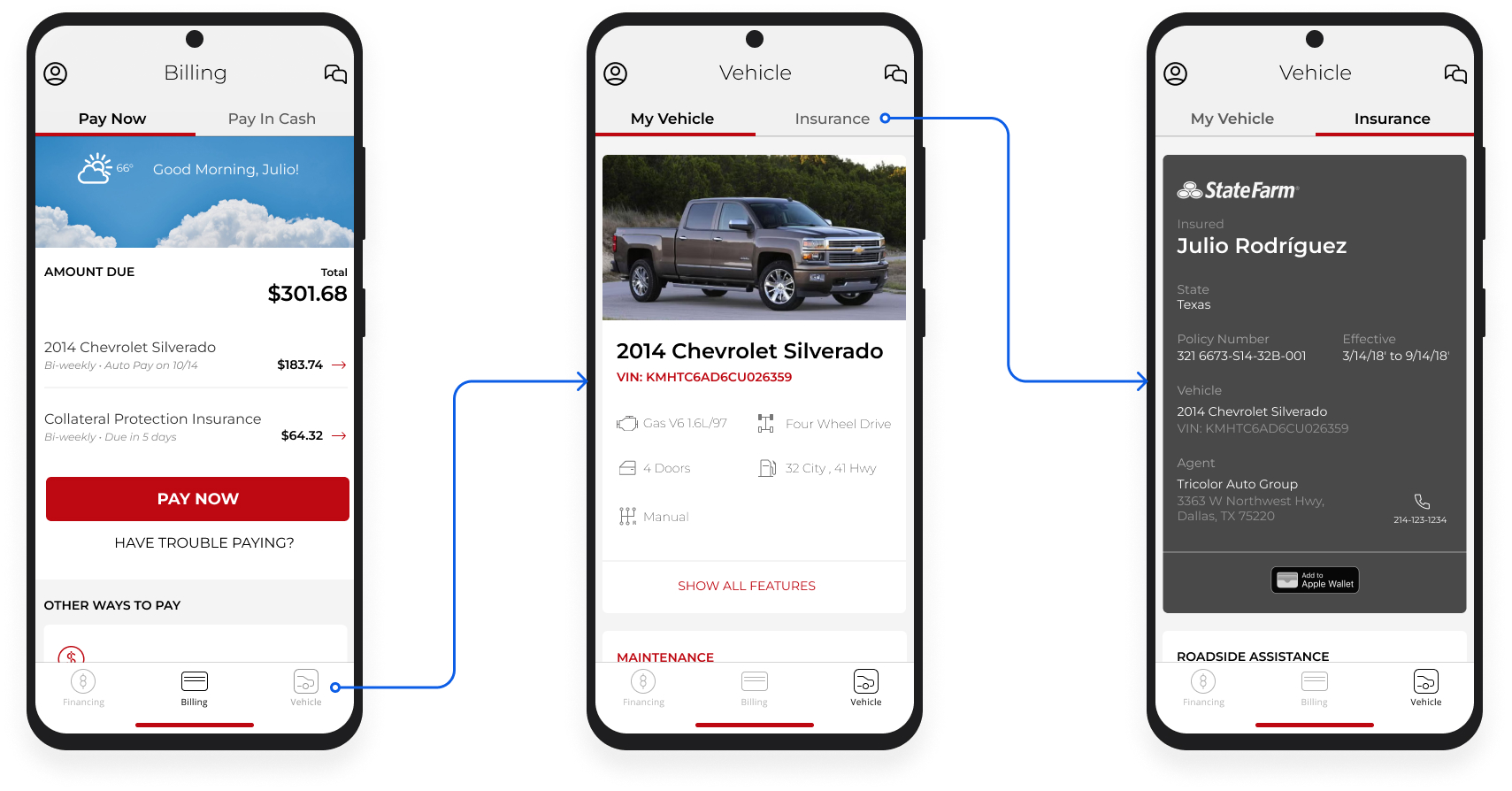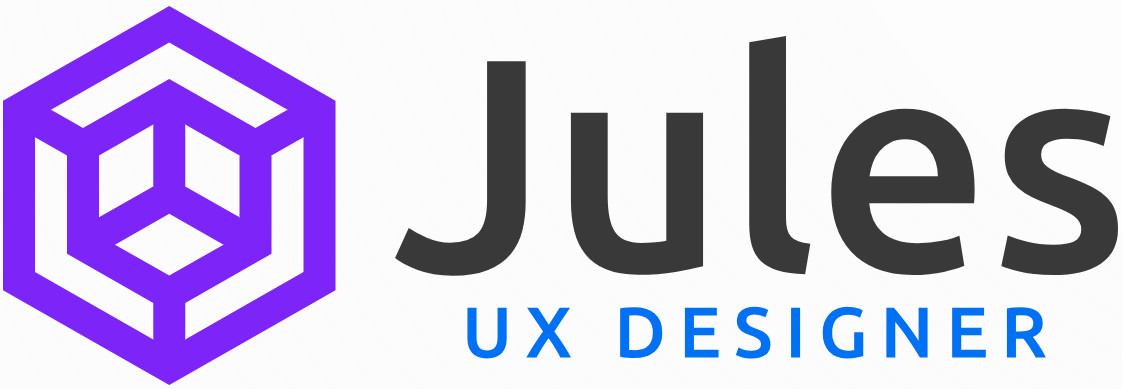
Story
Multiple internal systems didn’t deliver fully integrated solutions, resulting in disconnected customer experiences, sub-optimal business processes, and above-market technical cost structures.
My role
I collaborated with a multidisciplinary team, including product managers, full-stack engineers, and QA testers.
Challenges
1. Disjointed car dealership experiences.
2. Outdated product strategy.
3. Poor communication among internal stakeholders.
Solutions
1. Aligning user and business needs.
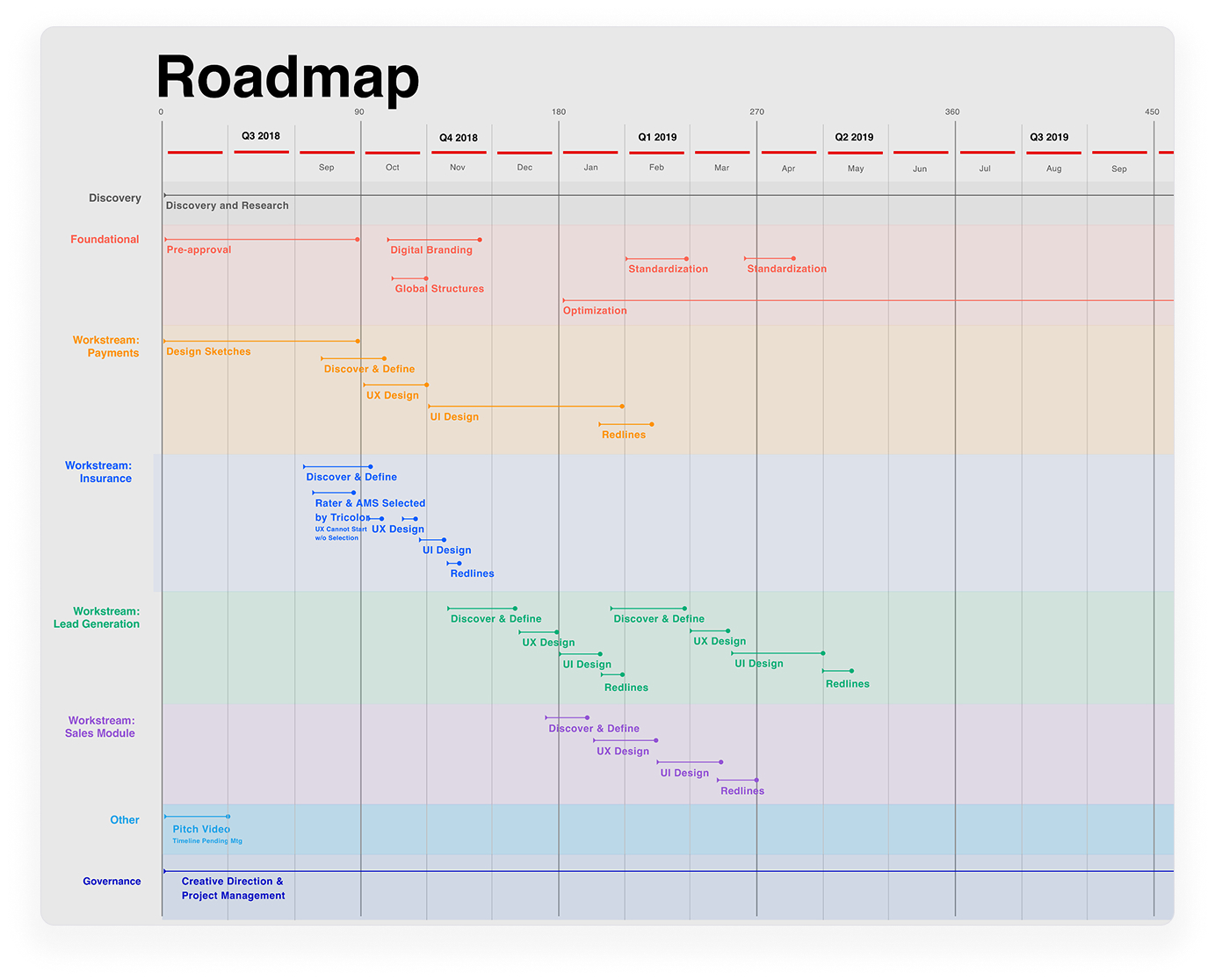
2. Managed stakeholders’ expectations.
3. Research-based design discovery.
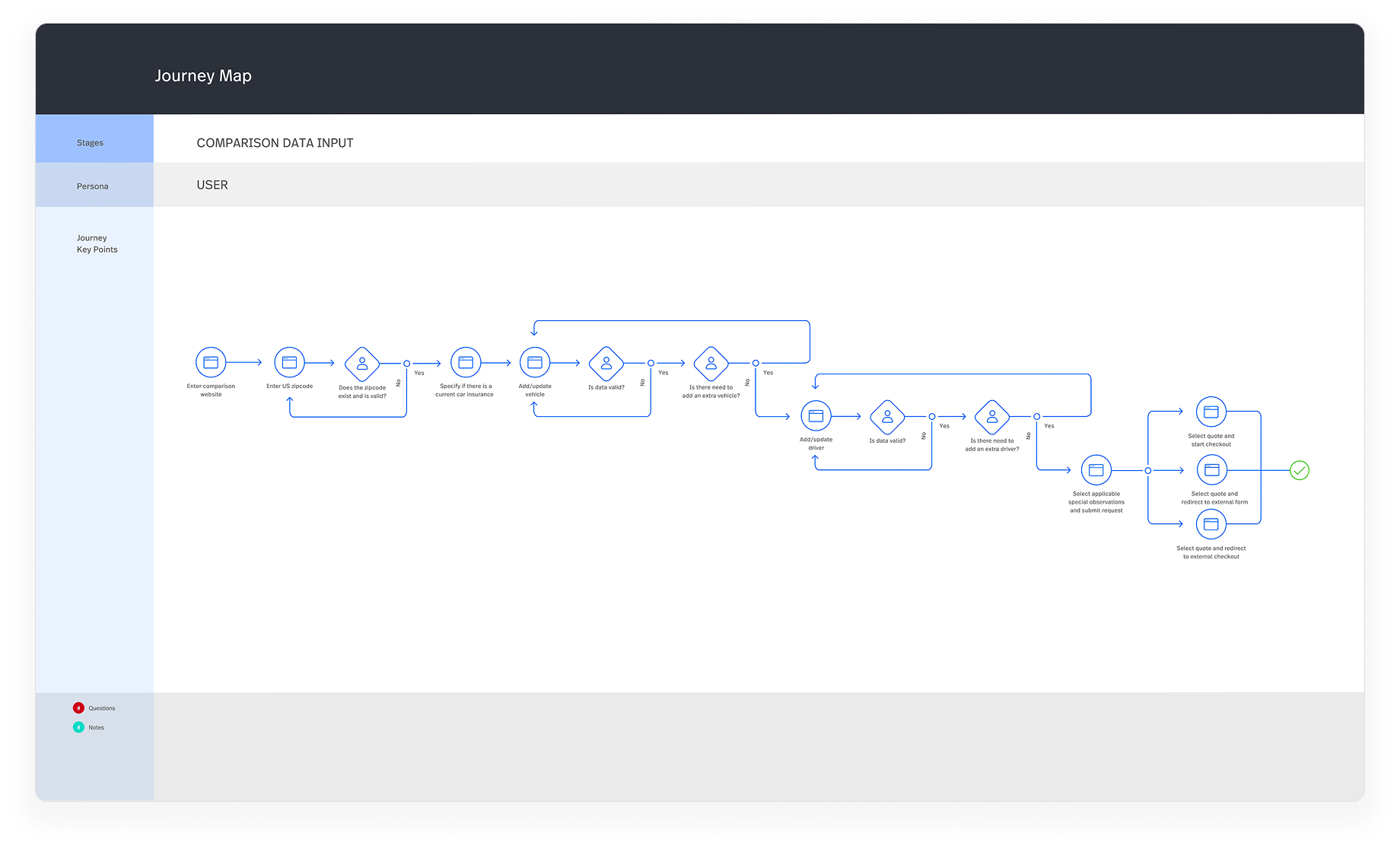
4. Implementation of the first iteration of the design system.
To bring consistency across touchpoints, I began the first iteration of a scalable design system to unify the look and feel of the web payment portal and mobile app under a single visual language. I defined core components, spacing rules, and brand-aligned UI patterns but, due to scope constraints, we documented the first version as a style guide. These factors made it easier for engineering to implement interfaces with fewer discrepancies while allowing future design updates to happen more efficiently and cohesively.
Outcomes
- Design of a mobile app with a cohesive strategy and data-driven UX decisions.
- Robust documentation of innovative digital strategies.
- Internal stakeholders’ expectations were aligned and ready to plan a strong roadmap.
